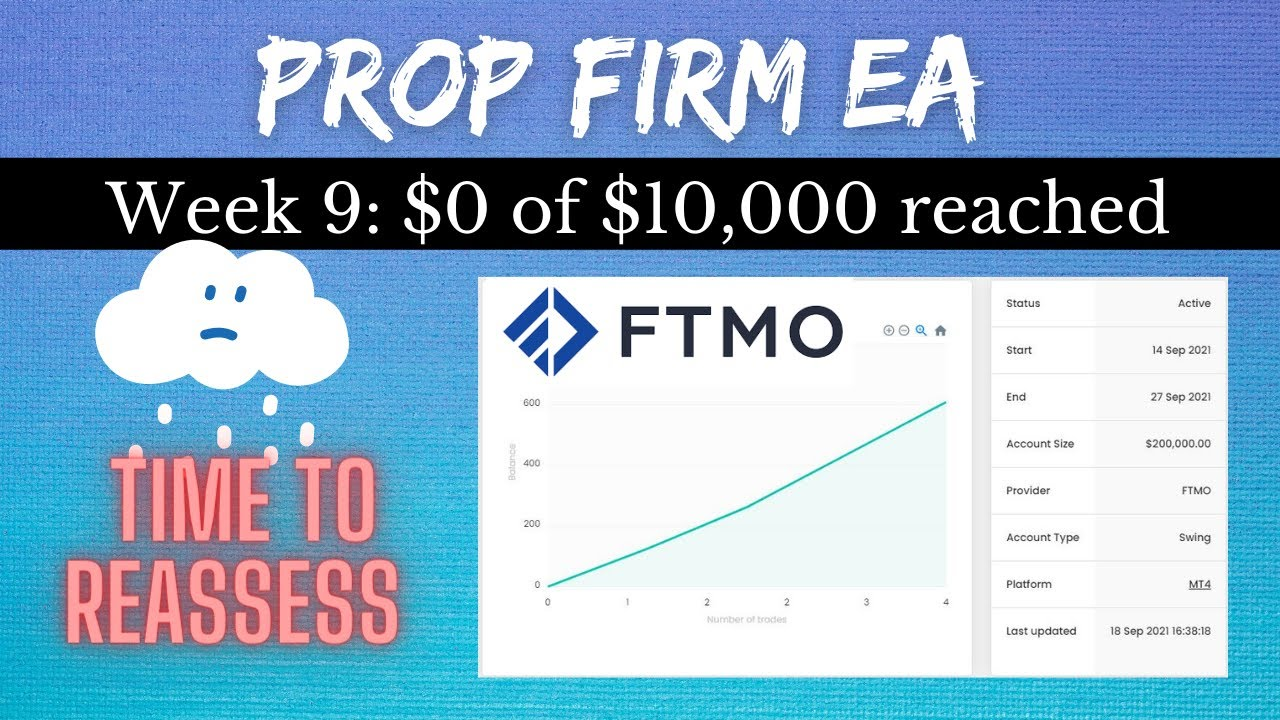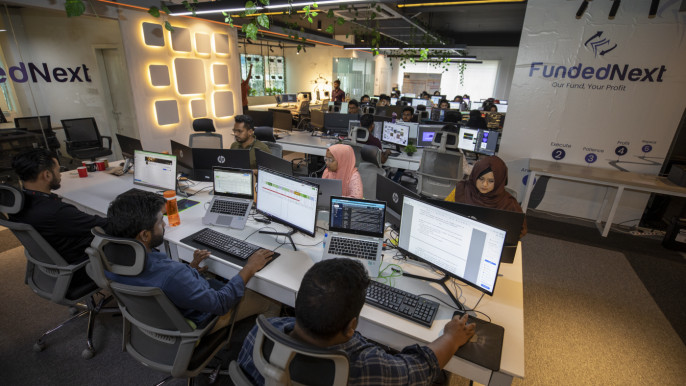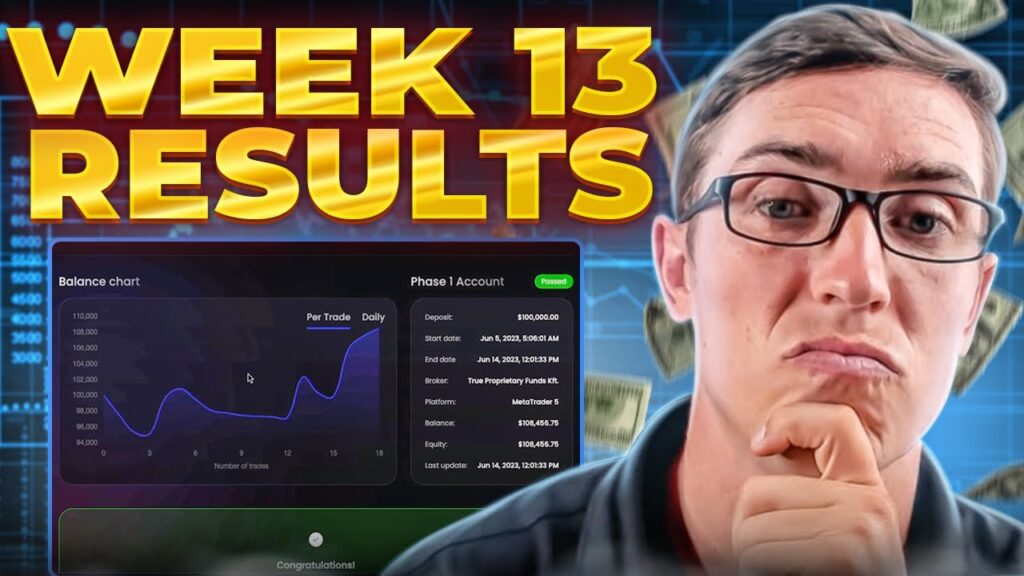Proprietary trading firms, commonly known as prop firms, have become increasingly popular among traders looking to capitalize on market opportunities without risking their own capital. These firms provide traders with capital, allowing them to trade various financial instruments while sharing profits. However, one crucial aspect of trading that every trader should understand is the concept of drawdown. This article will explore what drawdown means in the context of prop trading, examine the prop firm with the largest drawdown, and discuss strategies for effective risk management.
What is Drawdown?

Drawdown refers to the reduction in equity from a trading account’s peak to its lowest point over a specified period. It is an essential metric for evaluating a trading strategy’s risk. A drawdown can occur due to several factors, including market volatility, poor trading decisions, or external economic events. In the context of prop trading, understanding drawdown is vital for both traders and firms, as it can significantly impact a trader’s performance and, consequently, the firm’s overall profitability.
Key Metrics
- Maximum Drawdown (MDD): This metric represents the largest drop from a peak to a trough in a trader’s account balance. It is usually expressed as a percentage of the peak balance.
- Drawdown Duration: This is the time it takes for a trading account to recover from a drawdown and reach a new peak. A longer duration can indicate a struggling trading strategy.
- Recovery Factor: This measures how well a trading strategy can recover from drawdowns relative to the risk taken. It is calculated by dividing the average annual return by the maximum drawdown.
The Prop Firm with the Largest Drawdown

While there are numerous prop firms globally, one that stands out for experiencing significant drawdowns is XYZ prop firm with the largest drawdown (hypothetical name for the purpose of this article). XYZ Prop Trading gained notoriety for its aggressive trading strategies, particularly in high-volatility markets such as cryptocurrencies and forex.
The Factors Behind the Large Drawdown
- High Leverage: XYZ Prop Trading employed high leverage in its trading strategies, which magnified both gains and losses. In volatile markets, this approach led to substantial drawdowns, especially during sudden market downturns.
- Market Conditions: The firm’s trading approach was heavily reliant on trend-following strategies, which struggled during sideways or choppy market conditions. When the market failed to provide clear direction, the firm experienced significant losses.
- Risk Management Failures: A lack of robust risk management practices contributed to the firm’s large drawdown. Insufficient stop-loss orders and position sizing led to trades that were too large relative to the firm’s overall capital.
The Aftermath
Following its largest drawdown, XYZ Prop Trading undertook a comprehensive review of its trading strategies and risk management practices. This incident highlighted the importance of a well-defined risk management framework, leading the firm to implement several key changes:
- Revised Leverage Policies: The firm reduced its leverage limits to help mitigate the risk of significant drawdowns in the future.
- Enhanced Risk Management Training: All traders underwent additional training focused on effective risk management techniques, emphasizing the importance of stop-loss orders and position sizing.
- Diversification of Strategies: The firm began to diversify its trading strategies, incorporating market-neutral approaches and options trading to reduce overall risk exposure.
Effective Risk Management Strategies for Prop Traders

Traders at prop firms with the largest drawdown can learn valuable lessons from the experiences of firms like XYZ Prop Trading. Here are several effective risk management strategies to consider:
1. Use of Stop-Loss Orders
Setting stop-loss orders is crucial for limiting potential losses. By determining an acceptable loss level before entering a trade, traders can protect their capital and avoid emotional decision-making during adverse market movements.
2. Position Sizing
Traders should carefully consider their position sizes based on account equity and risk tolerance. A common rule of thumb is to risk no more than 1-2% of the total account balance on a single trade. This approach helps prevent large drawdowns.
3. Diversification
Diversifying trading strategies and asset classes can help spread risk. By not relying solely on one market or strategy, traders can reduce the impact of adverse conditions on their overall performance.
4. Regular Performance Review
Traders should conduct regular performance reviews to assess their strategies and drawdowns. Analyzing both winning and losing trades can provide valuable insights and help identify areas for improvement.
5. Maintain a Trading Journal
Keeping a detailed trading journal allows traders to track their decisions, emotions, and outcomes. This practice helps in understanding patterns and refining strategies over time.
6. Psychological Resilience
Managing the psychological aspects of trading is vital. Traders must be prepared to handle drawdowns without deviating from their strategies. Developing mental resilience can help traders remain disciplined and focused during challenging times.
Conclusion
Drawdown is a critical concept in the world of prop trading, serving as a vital indicator of risk and performance. The case of XYZ prop firm with the largest drawdown the potential pitfalls associated with high-risk trading strategies and the importance of robust risk management practices. By understanding drawdown and implementing effective risk management strategies, traders can enhance their performance, protect their capital, and navigate the complexities of the financial markets with greater confidence.
As the prop trading industry continues to evolve, a focus on sound risk management principles will remain essential for both individual traders and firms aiming for long-term success. Understanding and managing drawdown effectively can make the difference between thriving in the dynamic world of trading and facing significant setbacks.


